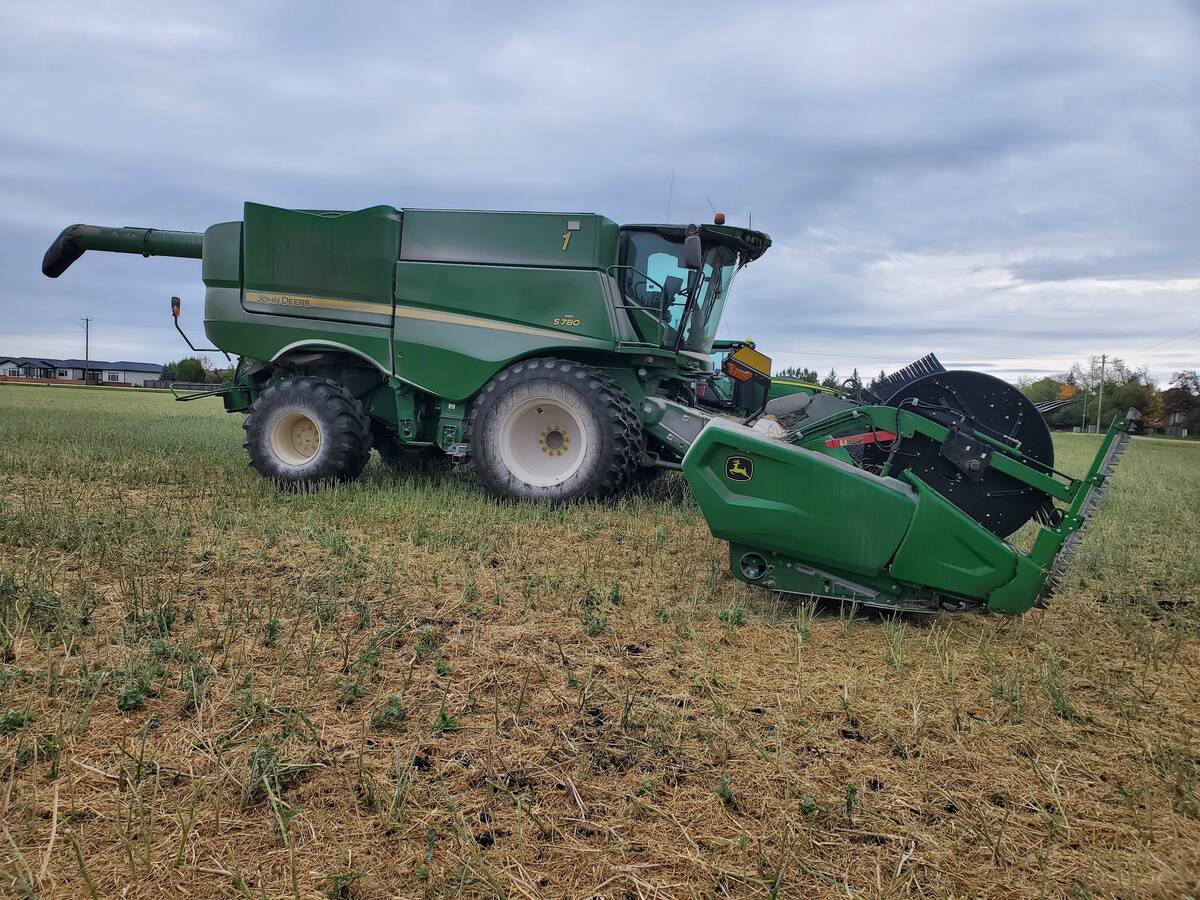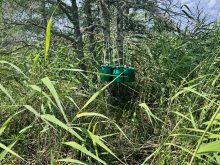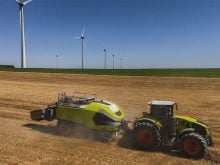opinion
At subdistrict meetings across Saskatchewan this spring, Pool members have been hearing how their organization is in a financial squeeze.
As discussed last week, the proposal to sell non-voting public shares in Saskatchewan Wheat Pool has raised many concerns among members about whether the organization will in the long term be able to remain a democratic, farmer-controlled co-operative.
Farmers, however, will also focus on the dangers of doing nothing. The challenge facing all grainhandling co-operatives is how to update their elevator systems and adjust to the next wave of rail-line abandonment while meeting new competition from various inland-terminal projects.
Read Also

Powdery mildew can be combine fire risk
Dust from powdery mildew can cause fires in combines.
At farmer meetings, Pool directors and officials have said the company should invest close to $250 million over the next few years in capital projects, but the current level of earnings will likely leave the Pool $150 million short of that target.
If that level of capital investment isn’t attained by the Pool, then the way will be clear for other companies, including giant multinationals who routinely invest hundreds of millions of dollars every year, to build networks of inland terminals across the Prairies.
There would also be lost diversification opportunities, setting back hopes for farmers to share in the profits earned by the processing sector.
Borrowing the money for such investments would mean massive interest payments, and lender concern about the debt ratio. Since the retained patronage dividends earned by Pool members have to be returned to them when they leave farming, accountants consider that “member equity” as not equity at all, but another form of debt. By that interpretation, the Pool has an 83-to-17 debt-to-equity ratio.
That ratio is the reason behind the proposal to convert member equity into transferrable shares, because it would be difficult to sell new shares until the ratio is changed. As director Mich Ozeroff put it at one meeting, “would anyone want to invest in a company with an 83-17 debt ratio?”
What does that mean for a farm family that might have accumulated $25,000 or more in member equity? One concern for them might be that the $25,000 retirement fund would become an uncertain amount, rising or falling as share values change. On the other hand, another concern might be how long it might take to get the equity after retirement if the company doesn’t make the capital investments needed to generate future earnings.
Other co-ops wrestling with similar challenges will be watching with interest as Saskatchewan Wheat Pool members deliberate this summer.
















